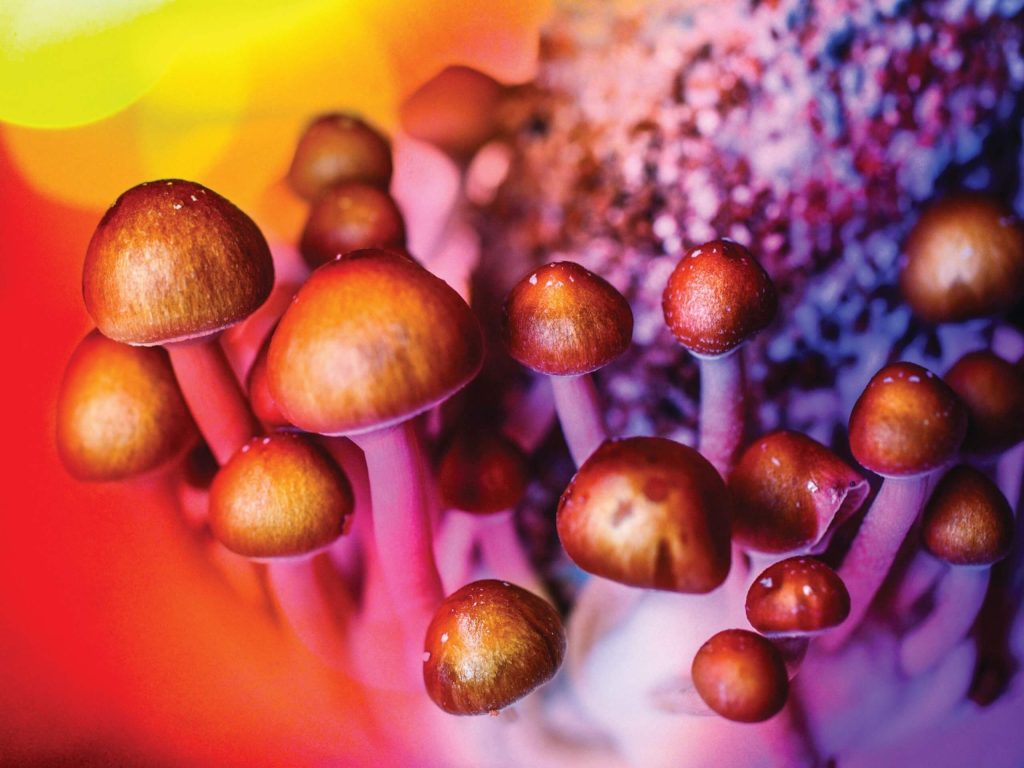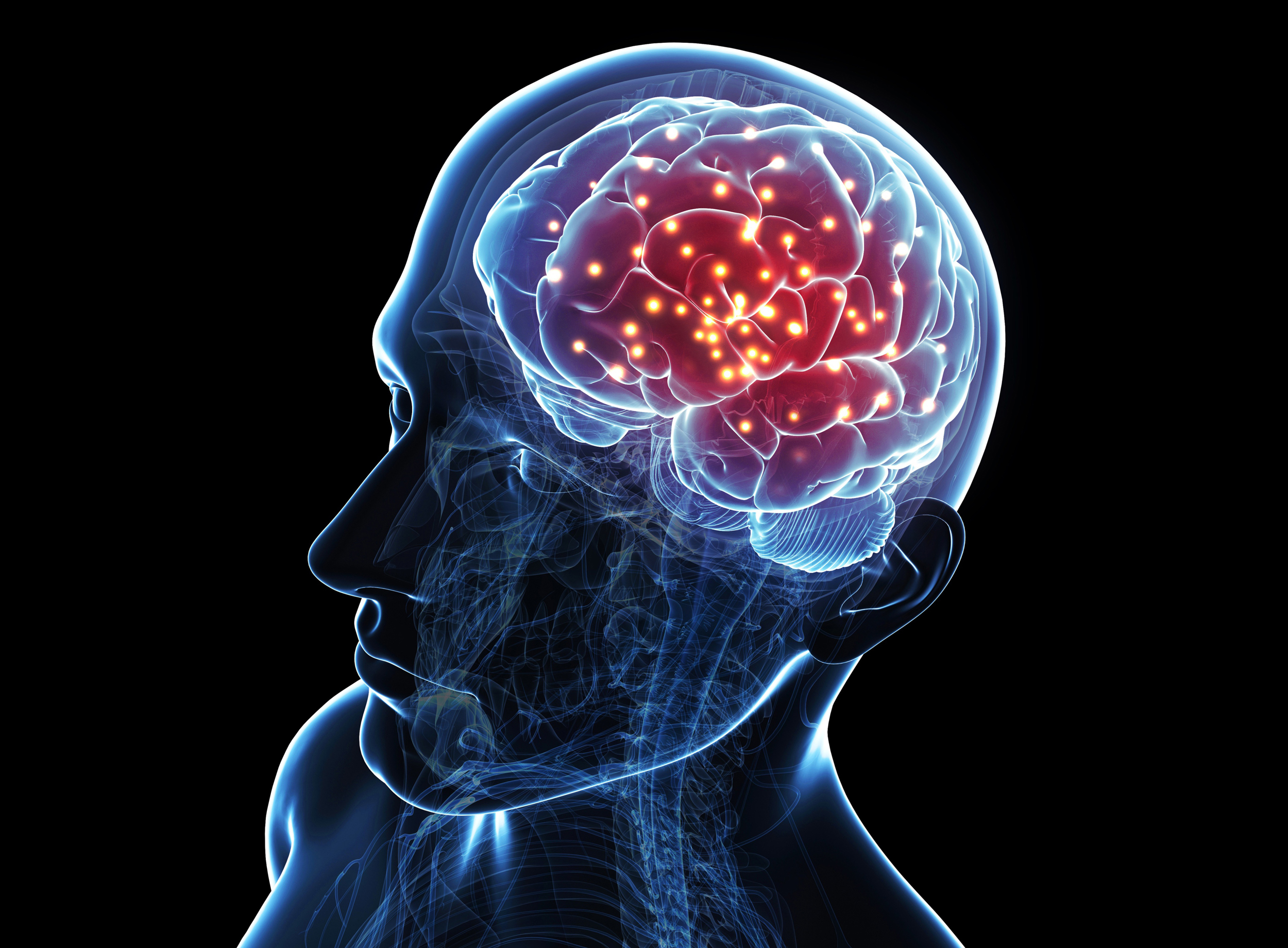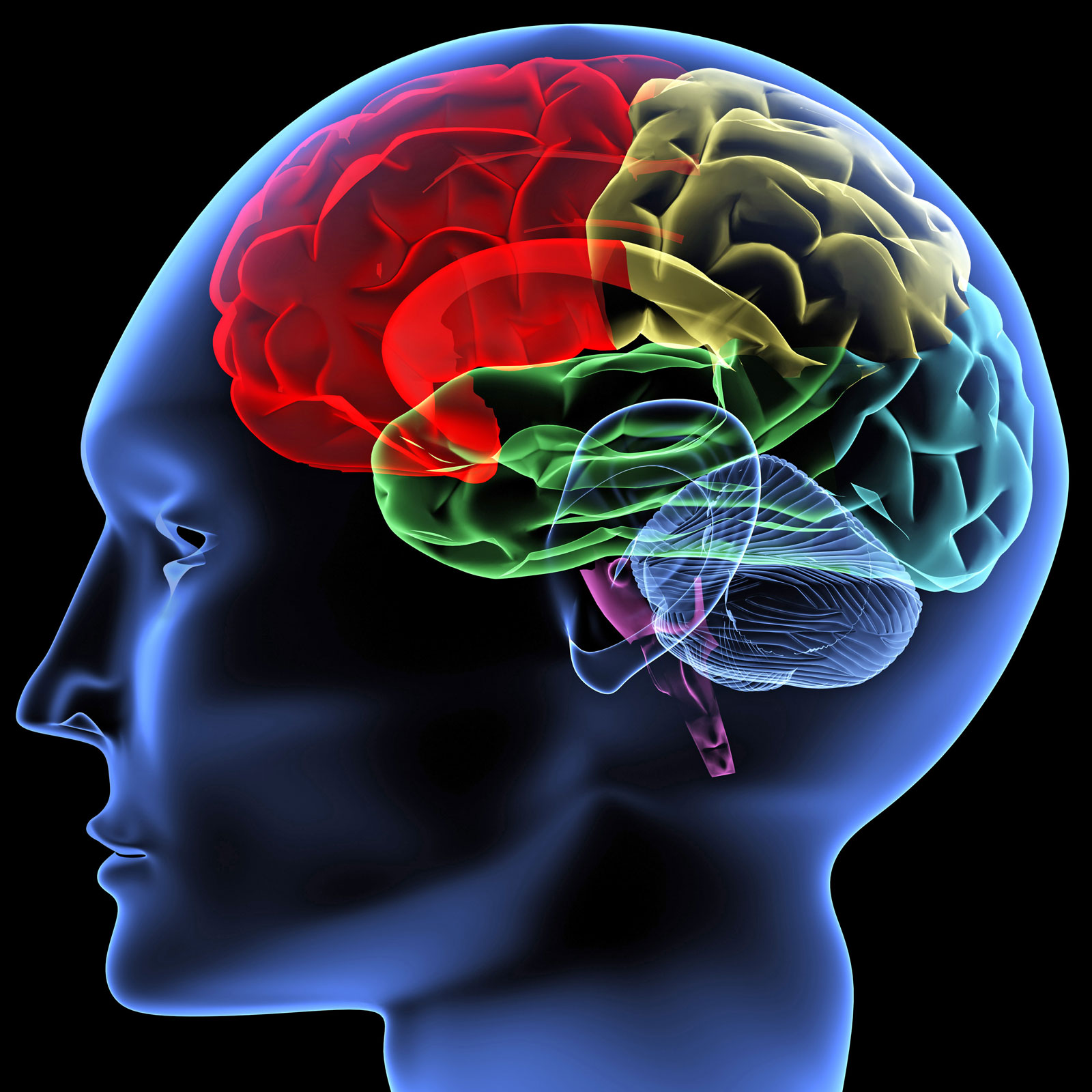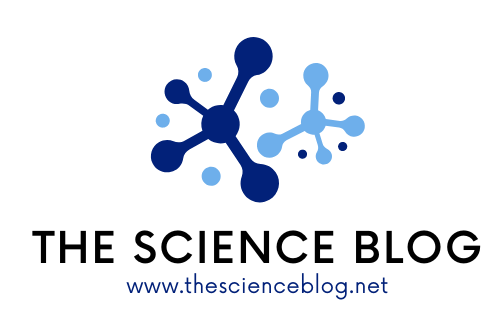
What Happens When You Take Hallucinogens?
Hallucinogens are a type of drug that changes a person’s perception of reality. Also known as ‘psychedelic drugs’, hallucinogens make a person see, feel and hear things that aren’t real, or distort their interpretation of what’s going on around them. Some are quick-acting, and others take longer to take effect. Being under the influence of a hallucinogen is commonly called ‘tripping’.Some hallucinogens are manufactured, like LSD (lysergic acid diethylamide), PCP (phencyclidine, or ‘angel dust’) and ketamine. Others are naturally occurring compounds found in particular plants. For instance, the peyote cactus produces the hallucinogen mescaline, while psilocybin is found in certain mushrooms, known as ‘magic mushrooms’.
Types of hallucinogens
Hallucinogens come in a number of different forms. For example:
LSD is a powerful drug – typically, small squares of blotting paper or gelatine are soaked in LSD, which are then swallowed, although it may also come in tablets or capsules.
PCP usually comes in the form of tablets, capsules or powders of various colors. It is usually swallowed, sniffed or injected, but is sometimes smoked.
Ketamine is used by medical practitioners and veterinarians as an aesthetic. It is often used illegally as a hallucinogenic drug. It can be made into tablets or pills, or dissolved in liquid. It is usually swallowed, snorted or injected.
Magic mushrooms can be cooked, boiled into a drink or eaten raw.

Mescaline from the peyote cactus can be found as a white powder, while dried, ground peyote buttons can be found as capsules. It is usually swallowed but can be chewed or smoked.
Ayahuasca is a plant-based hallucinogenic tea. Traditionally used in parts of South America, Ayahuasca has become popular amongst Western travelers.
Some depressant and stimulant drugs also have a hallucinogenic effect in high doses, including cannabis and ecstasy. Since a person’s sense of distance, time and objective reality are warped when under the influence of hallucinogens, serious injury and accidental death are real risks.
Synthetic hallucinogens
In recent years, a wide range of synthetic products, claiming to have similar effects to hallucinogens, have also been available across the world. The active ingredient in these products can potentially be a number of chemicals. These synthetic hallucinogens include NBOMes and PMA and are often sold as other drugs, yet contain very different ingredients, leading to potentially harmful and unexpected effects
How hallucinogens work
Hallucinogens target specific centers of the brain to alter its understanding of sensory input. For instance, a person may be looking at a blank wall, but their hallucinating brain may interpret the blank wall as moving and swirling, or perhaps covered in insects.
Effects of hallucinogens
The effects of hallucinogens depend on the type of drug, the strength of the dose, the functioning of the person taking them and their state of mind.
Generally, some of the common effects of hallucinogens include:
-
hallucinations of sight, sound, taste and touch
-
a blurring of the senses, such as sounds being ‘felt’ or colors being ‘heard’
-
feeling detached from the body
-
distortions of time, direction and distance
-
relaxation
-
accelerated heart rate
-
dilated pupils
-
nausea and loss of appetite

Hallucinogens and ‘bad trips’
Hallucinogens are unpredictable drugs. Just because someone has an enjoyable ‘trip’ the first time, doesn’t guarantee they will always have pleasant experiences. Every person runs the risk of having a ‘bad trip’. Symptoms can include nightmarish hallucinations, extreme panic, paranoia and nausea. It is also possible to have a mixture of good and bad experiences in one trip.
Other unpleasant side effects can include:
-
muscle spasms and loss of coordination
-
convulsions and unconsciousness
-
aggressive, hostile and violent behavior
-
catatonic syndrome, which means the user falls into a ‘zombie-like’ state.
Dependence, tolerance and withdrawal
Like many other drugs, it is possible to build up a tolerance to hallucinogens. This means larger and larger doses need to be taken to achieve the same effect. Some people develop psychological dependence and feel that regular drug use is an important part of their lives. Research indicates that people can become physically dependent on hallucinogens like PCP or ketamine. If a person stops taking the drug, they may experience withdrawal symptoms.
Damage from long-term use of hallucinogens
Some people may experience ‘flashbacks’, which can happen days, weeks, months or even years after taking the drug. They briefly relive the hallucinations of a previous trip so powerfully that it seems as if they have been transported back in time and space, or they may experience distortions of their present reality. Having hallucinations when not under the influence of any hallucinogenic drugs can be very frightening.
Treatment for drug dependence
Treatment options for drug dependence include detoxification, individual counseling and group therapy. See your doctor for information and referral, or contact an alcohol and other drug service in your area.
You May Also Like

8 Surprising Facts About the Human Brain
2022-04-20
Queer Health Issues: 3 Health Disparities Affecting Queer People
2022-01-24


